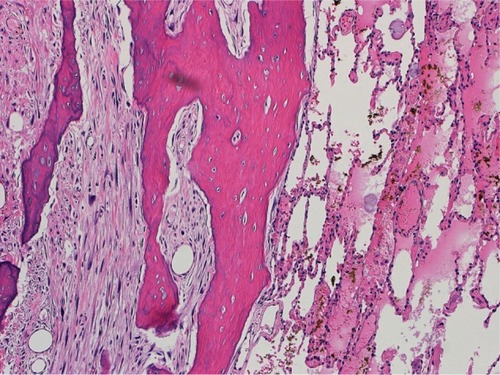Figures & data
Figure 1 Distal femur radiograph.
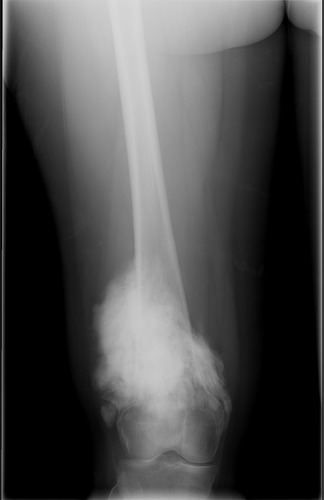
Figure 2 Distal femur MRI.
Abbreviation: MRI, magnetic resonance imaging.
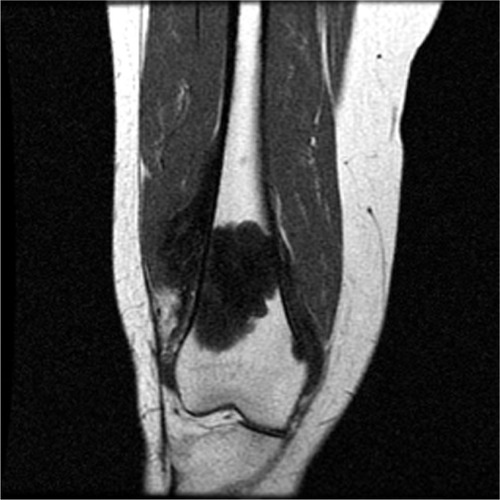
Figure 3 Distal femur CT biopsy.
Abbreviation: CT, computed tomograhpy.
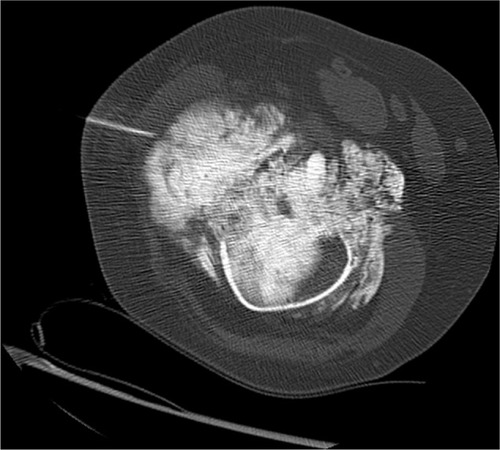
Figure 4 Distal femur biopsy photomicrograph.
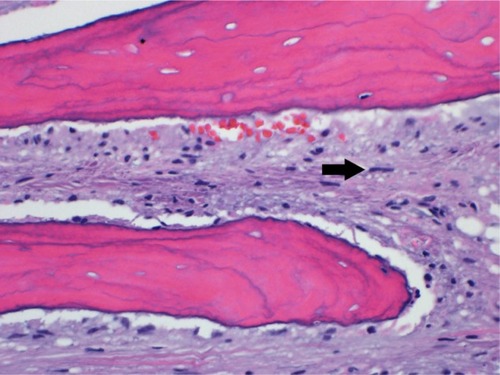
Table 1 Multidisciplinary team approach to sarcoma treatment
Figure 5 Postoperative radiograph.
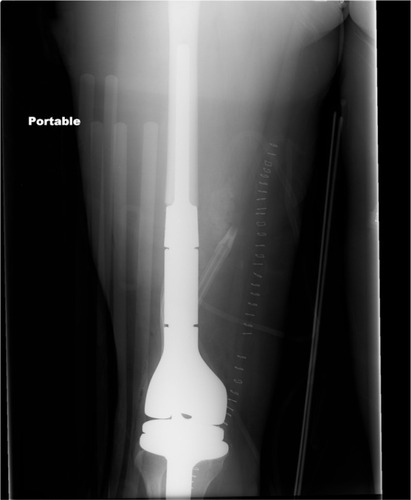
Figure 6 Distal femur final pathology photomicrograph.
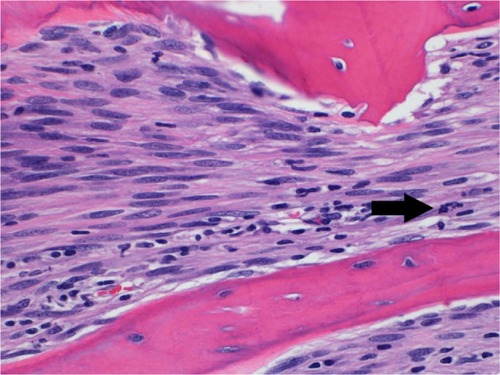
Figure 7 CT thorax.
Abbreviation: CT, computed tomograhpy.
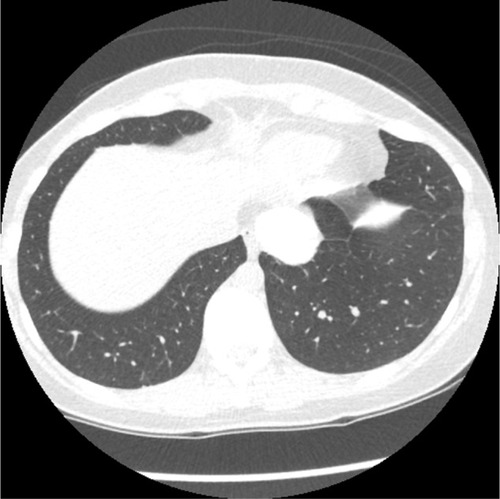
Figure 8 Metastasectomy photomicrograph.
